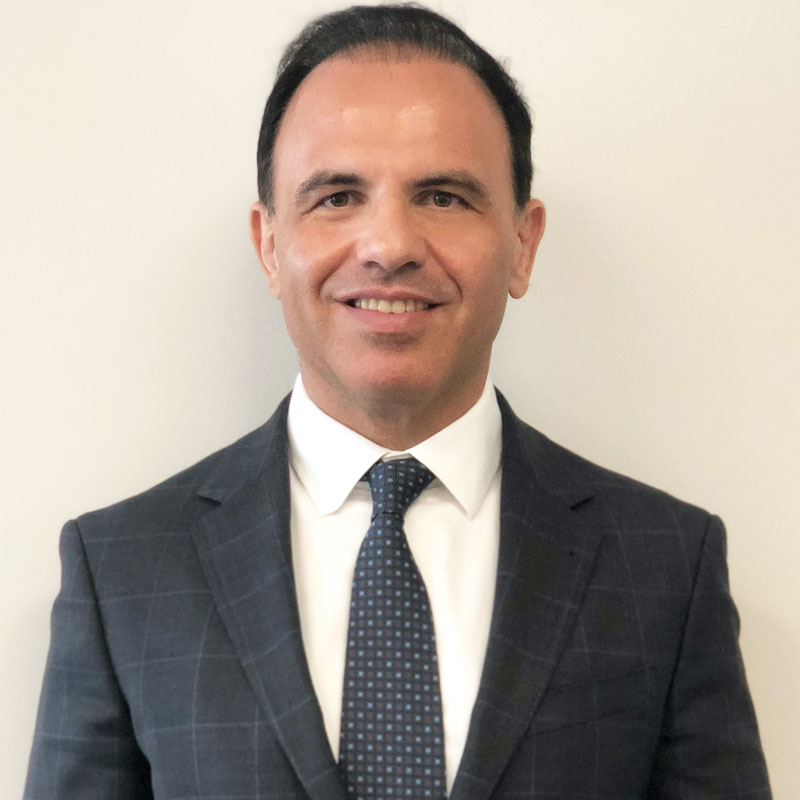News Story
New Research Could Improve Post-Operative Patient Outcomes

Post-operative complications in patients receiving abdominal and heart and lung surgeries result in an estimated $1 billion annually in additional health care costs. Many of these complications are a result of adhesions, a type of scar tissue, that forms due to trauma that occurs during surgery, and they occur in upwards of 90 percent of these surgical patients.
To address the challenges of these adhesions, new research led by Department of Chemical and Biomolecular Engineering Professor Peter Kofinas, aims to explore the efficacy of new site-specific and sprayable, polymer-based adhesives to help reduce the severity of adhesions and improve post-operative outcomes patients.
The research will be supported by a newly awarded four-year, $1.6M National Institute of Health (NIH) grant, and done in collaboration with Dr. Anthony Sandler, Senior Vice President and Surgeon-in-Chief of the Joseph E. Robert Jr., Center for Surgical Care at Children's National Hospital in Washington, D.C,
Current standard wound closure techniques, whether sutures or sealants, can promote inflammation at the site which contributes to the formation of adhesions. Abdominal surgery can result in intra-abdominal adhesions, which are both challenging to address and can cause chronic pain and possible intestinal obstruction for patients.
Solid barrier films that use hydrophilic cellulose-based mats are the most common material approach for preventing adhesions, but these sheet-like films can be “brittle” and “sticky” in practice, making them difficult to apply and inconsistent in treatment efficacy.
To deal with the slippery nature of addressing internal suture areas where organs and surfaces are slick and shifting, developing treatments that can work with the mechanical properties of the body’s organs could improve outcomes for patients.
“The synthetic surgical sealant we are aiming to develop can be more accurately delivered using solution blow spinning, a type of a fiber fabrication process, which yields an identifiable fiber mat on the target organ with an anti-adhesions functionality,” explained Kofinas. He adds that additional strategies could also include gel-based materials designed to sustain the shearing forces of perpetually shifting organs in the body, as well as the delivery of anti-inflammatory and hemostatic therapeutics targeting non-physical pathways.
The team believes their approach to developing not only better anti-adhesion surgical sealants, but ones that can incorporate the localized release of anti-inflammatory medications from biodegradable polymer blends could create a highly targeted and effective treatment to prevent adhesion formation ultimately improving both existing clinical treatment options and improved patient procedure outcomes.
Published September 6, 2022









